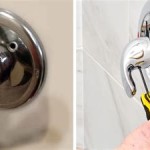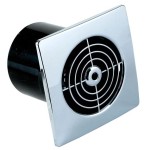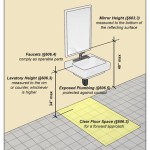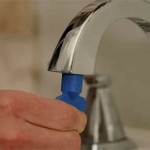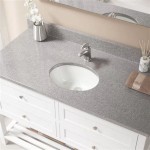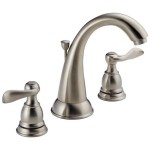Bathroom Without Windows Humidity
Bathrooms, by their very nature, are prone to high humidity levels. Activities like showering and bathing introduce large amounts of water vapor into the air. This moisture-rich environment, while unavoidable, can lead to a variety of issues, especially in bathrooms lacking windows for natural ventilation. Understanding the implications of high humidity and implementing appropriate mitigation strategies are crucial for maintaining a healthy and structurally sound bathroom.
The absence of windows significantly impacts a bathroom's ability to regulate humidity. Open windows facilitate air exchange, allowing moist air to escape and drier air to enter. This natural ventilation process helps reduce humidity levels, preventing the problems associated with prolonged moisture exposure. Without this natural ventilation, bathrooms without windows rely entirely on mechanical means for humidity control.
Elevated humidity levels create a breeding ground for mold and mildew. These fungi thrive in warm, damp environments and can quickly colonize bathroom surfaces like grout, tile, and ceilings. Mold and mildew not only detract from the aesthetic appeal of a bathroom but also pose health risks. Exposure to these fungi can exacerbate respiratory issues like allergies and asthma, and some species produce mycotoxins, which are harmful to humans.
Beyond mold growth, excessive humidity can also damage the structural integrity of a bathroom. Prolonged exposure to moisture can cause wood framing to rot, drywall to crumble, and paint to peel. This deterioration can compromise the structural stability of the bathroom and necessitate costly repairs.
Effectively managing humidity in a windowless bathroom requires a multi-pronged approach. Mechanical ventilation is paramount. Installing an exhaust fan is the most crucial step. These fans expel moisture-laden air from the bathroom, reducing humidity levels significantly. Choosing a fan with appropriate CFM (cubic feet per minute) rating based on the bathroom size is essential for optimal performance. Running the fan during showers and baths, and for a period afterward, helps ensure effective moisture removal.
Dehumidifiers offer another effective method for humidity control. These devices actively draw moisture from the air, collecting it in a reservoir. Dehumidifiers can be particularly beneficial in climates with consistently high humidity. Regularly emptying the reservoir and maintaining the unit ensures optimal performance.
Beyond mechanical solutions, certain practices can further aid in humidity reduction. Promptly wiping down surfaces after showering or bathing removes standing water, minimizing the amount of moisture that evaporates into the air. Using bath mats and shower curtains made from water-resistant materials prevents water from seeping into floors and walls. Keeping the bathroom door ajar when not in use allows for some air circulation, even in the absence of a window.
Proper bathroom ventilation goes beyond comfort; it's a matter of health and structural preservation. While the lack of a window presents a challenge, implementing the right strategies can effectively manage humidity and mitigate the associated risks. Regular maintenance and diligent practices are key to ensuring a healthy and functional bathroom environment.
Selecting the right paint for a windowless bathroom can also contribute to humidity management. Opting for mildew-resistant paint formulated for high-moisture environments can inhibit mold growth on painted surfaces. These paints typically contain antimicrobial additives that prevent mold spores from taking hold. Regularly cleaning painted surfaces with a mild detergent further helps prevent mold and mildew growth.
Improving air circulation within the bathroom, even without a window, can also make a difference. Installing a ceiling fan can help circulate the air and prevent pockets of stagnant, humid air from forming. While a ceiling fan doesn't remove moisture like an exhaust fan, it aids in distributing air more evenly, which can help reduce condensation on surfaces.
Heating the bathroom can also contribute to lowering humidity levels. Warm air holds more moisture than cold air. By increasing the air temperature, the relative humidity decreases. Using a heated towel rail can also help dry towels quickly, preventing them from becoming a source of moisture and mildew.
Addressing humidity in a windowless bathroom requires a comprehensive approach. Combining mechanical solutions like exhaust fans and dehumidifiers with practical habits such as wiping down surfaces and using mildew-resistant paints provides the most effective defense against the detrimental effects of excessive moisture.

No Bathroom Window Problem 6 Tricks To Keep Your Room Fresh Homify

How To Properly Ventilate A Bathroom Without Window

How To Ventilate A Bathroom Without Windows

How Do You Air Out A Bathroom Without Window Victoriaplum Com

7 Ways To Open Up A Windowless Bathroom Bob Vila

7 Top Tips For Bathrooms Without A Window

What To Do If Your Bathroom Has No Windows Victoriaplum Com

7 Top Tips For Bathrooms Without A Window

How Do You Air Out A Bathroom Without Window Victoriaplum Com

How To Vent A Bathroom Without Window Home Air Guides
Related Posts
